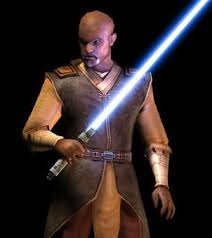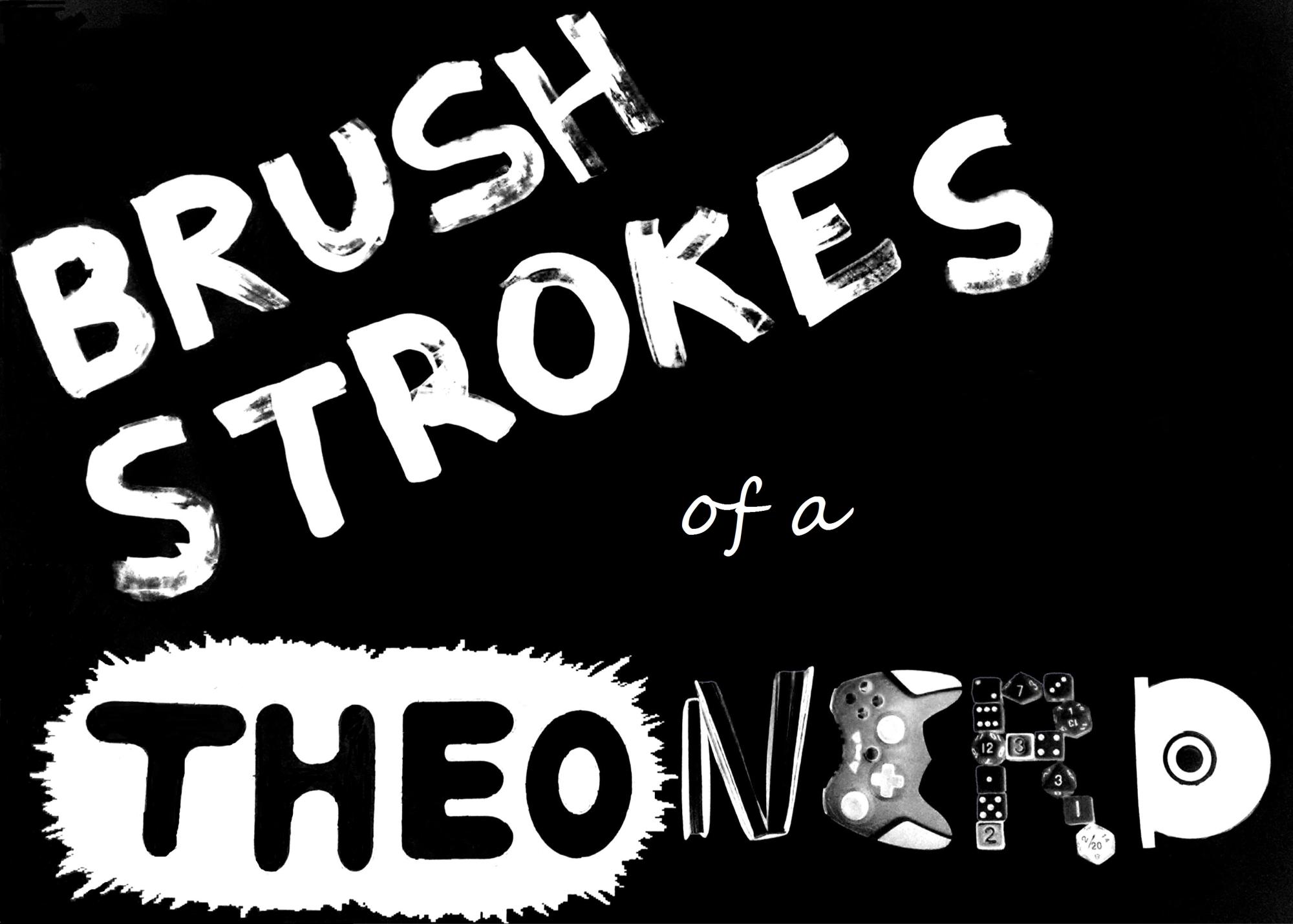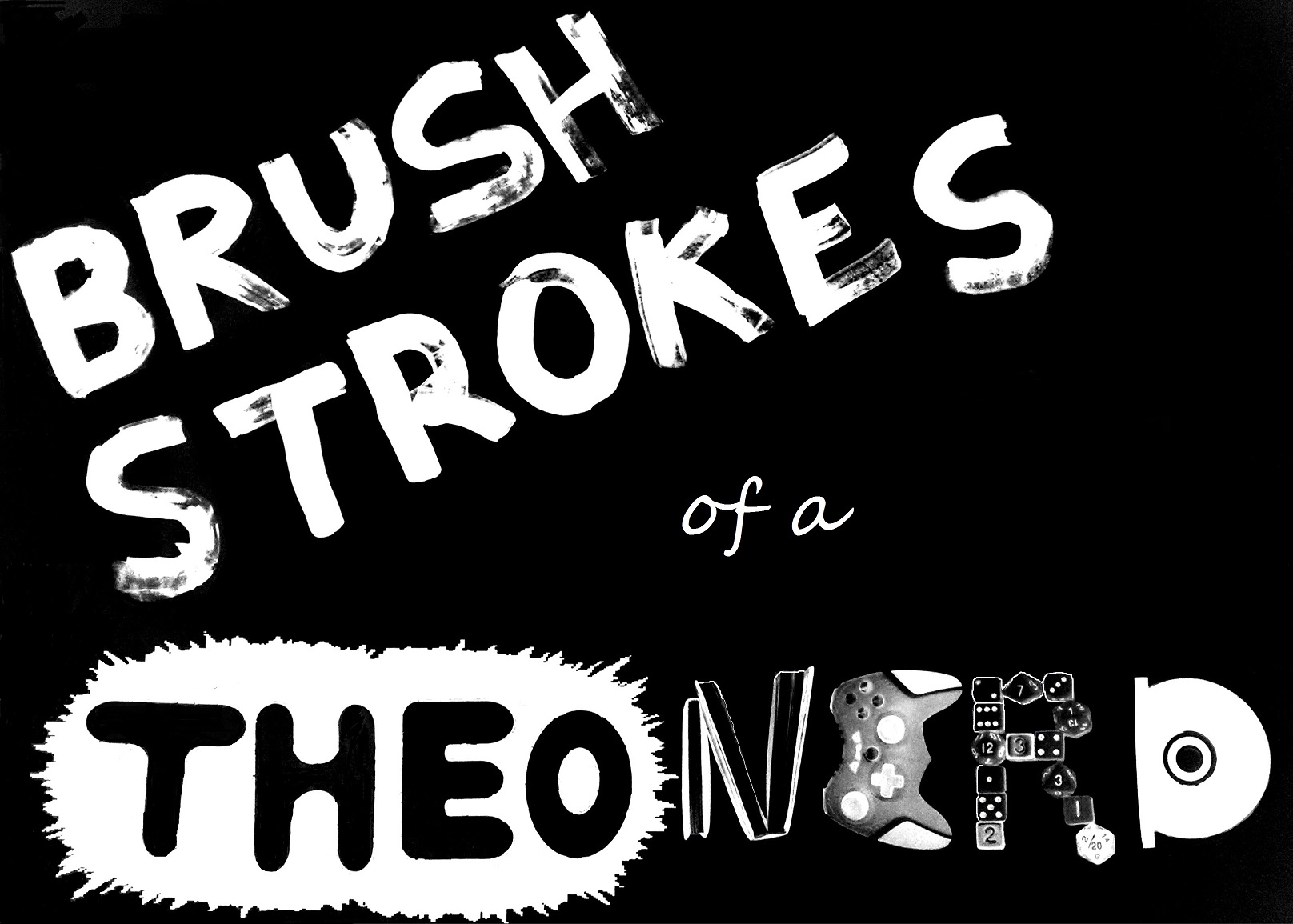Extreme Tension
By Anthony Casperson
7-16-16
In the Star Wars Legends universe (I’ll talk about my feelings toward the Disney-fication of the Star Wars universe at a later time) there were those trained in the Force who would categorize themselves as neither light side nor dark side. They didn’t adhere to the strict guidance of the Jedi Council, believing the pure asceticism went too far in keeping one from the dark side. Also, the supposed “patience” of the Jedi Council would often lead to inaction until it was far too late.
But neither were these Jedi among the number of those who fell to the dark side. They would seek not their own self interests, but the interests of others. Being neither light nor dark, they are called the Gray Jedi.
My first exposure to this type of Jedi came in Bioware’s Star Wars: Knights of the Old Republic. One of the potential companions for the player is an old Jedi named Jolee Bindo. In conversations with him, one learns of his distrust and defiance of the council. (Discussion concerning a Jedi’s wife tends to bring up these topics.) Yet, throughout the game, Jolee helps the player fight the Sith.
However, the most interesting thing about Jolee Bindo is his alignment bar. Every player-controllable character had a measurement of how close to the light side or dark side of the Force they were. On a continuum going from deep blue to bright red, a little marker would tell you the character’s alignment. While the player’s character could shift depending on their play style, Jolee Bindo’s marker stayed dead center on the continuum.
Though I had always understood that the extreme of the dark side was something to stay away from, this was the first time I had been given the opportunity to question the extreme of the light side. The light side did many good things, but quite often the inaction, or slow reaction, of the Jedi Council drove me crazy. Thus, I saw some merit in what Jolee would call a balanced understanding of the Force.
Now, what’s my point in talking about a video game that’s over a decade old? This sense of a balanced understanding has merit not only in a fictional universe, but in our own world. Though, I see it less as balance and more as tension. It’s like a person holding onto two giant, opposing rubber bands that have been stretched near the breaking point. Holding onto both is painful and stretches the person, but letting go of one side will launch the person far down the other side of the continuum.
We see people who have flung far off into one extreme or another all the time. Whether it’s pertaining to a particular activist perspective, or thinking about a specific theological stance, people often let go of the good parts of one side in order to live a less-tensioned life. We turn a blind eye to the truths of the side we let go of and end up accepting the falsehoods that come with extremes.
I'm not saying that there are multiple truths. Rather, I'm saying that the truth of God is often found in the tension between extremes. The God who must punish the sins of the wicked because he is just and holy is the same God who loves his creation so deeply that he wants them all to be saved.
And what’s at the place of tension between those two extremes? The cross of Jesus. It’s only when a pure and holy, infinite being lives a perfect human life and sacrifices himself to pay for the punishment of humanity that the holy, just and loving God can reveal the truth of his holiness, justice, and love.
The truth of the ways of God is far beyond human understanding. Our limited perspectives shroud us from the fullness of God’s truth. And it’s only when we live in the tension of various perspectives that truth can be found.
I like the image of two giant rubber bands pulling a person for this because of the stance that it creates. Think about it, a person held up in this manner is reflective of Jesus on the cross. Arms outstretched as they hang there, a person living in the tension of truth looks very much like Jesus.
Though our normal, sinful human response is to dwell in the realm of extremes, our calling is to look like Jesus, the truth who centers us in him. When we go off and judge or condemn people for certain actions or beliefs without remembering the fullness of the truth of God we have traded the truth of God for a lie, a self-created warping of truth. We need Jesus to center us to his truth just as much as the people whom we were judging.
So, when faced with the extremes of human creation, let’s not turn to the opposite extreme, but rather turn to Jesus in the extreme tension of truth and reflect his image. The truth is active in love as it leads others into holiness. Live in that tension.
By Anthony Casperson
7-16-16
In the Star Wars Legends universe (I’ll talk about my feelings toward the Disney-fication of the Star Wars universe at a later time) there were those trained in the Force who would categorize themselves as neither light side nor dark side. They didn’t adhere to the strict guidance of the Jedi Council, believing the pure asceticism went too far in keeping one from the dark side. Also, the supposed “patience” of the Jedi Council would often lead to inaction until it was far too late.
But neither were these Jedi among the number of those who fell to the dark side. They would seek not their own self interests, but the interests of others. Being neither light nor dark, they are called the Gray Jedi.
My first exposure to this type of Jedi came in Bioware’s Star Wars: Knights of the Old Republic. One of the potential companions for the player is an old Jedi named Jolee Bindo. In conversations with him, one learns of his distrust and defiance of the council. (Discussion concerning a Jedi’s wife tends to bring up these topics.) Yet, throughout the game, Jolee helps the player fight the Sith.
However, the most interesting thing about Jolee Bindo is his alignment bar. Every player-controllable character had a measurement of how close to the light side or dark side of the Force they were. On a continuum going from deep blue to bright red, a little marker would tell you the character’s alignment. While the player’s character could shift depending on their play style, Jolee Bindo’s marker stayed dead center on the continuum.
Though I had always understood that the extreme of the dark side was something to stay away from, this was the first time I had been given the opportunity to question the extreme of the light side. The light side did many good things, but quite often the inaction, or slow reaction, of the Jedi Council drove me crazy. Thus, I saw some merit in what Jolee would call a balanced understanding of the Force.
Now, what’s my point in talking about a video game that’s over a decade old? This sense of a balanced understanding has merit not only in a fictional universe, but in our own world. Though, I see it less as balance and more as tension. It’s like a person holding onto two giant, opposing rubber bands that have been stretched near the breaking point. Holding onto both is painful and stretches the person, but letting go of one side will launch the person far down the other side of the continuum.
We see people who have flung far off into one extreme or another all the time. Whether it’s pertaining to a particular activist perspective, or thinking about a specific theological stance, people often let go of the good parts of one side in order to live a less-tensioned life. We turn a blind eye to the truths of the side we let go of and end up accepting the falsehoods that come with extremes.
I'm not saying that there are multiple truths. Rather, I'm saying that the truth of God is often found in the tension between extremes. The God who must punish the sins of the wicked because he is just and holy is the same God who loves his creation so deeply that he wants them all to be saved.
And what’s at the place of tension between those two extremes? The cross of Jesus. It’s only when a pure and holy, infinite being lives a perfect human life and sacrifices himself to pay for the punishment of humanity that the holy, just and loving God can reveal the truth of his holiness, justice, and love.
The truth of the ways of God is far beyond human understanding. Our limited perspectives shroud us from the fullness of God’s truth. And it’s only when we live in the tension of various perspectives that truth can be found.
I like the image of two giant rubber bands pulling a person for this because of the stance that it creates. Think about it, a person held up in this manner is reflective of Jesus on the cross. Arms outstretched as they hang there, a person living in the tension of truth looks very much like Jesus.
Though our normal, sinful human response is to dwell in the realm of extremes, our calling is to look like Jesus, the truth who centers us in him. When we go off and judge or condemn people for certain actions or beliefs without remembering the fullness of the truth of God we have traded the truth of God for a lie, a self-created warping of truth. We need Jesus to center us to his truth just as much as the people whom we were judging.
So, when faced with the extremes of human creation, let’s not turn to the opposite extreme, but rather turn to Jesus in the extreme tension of truth and reflect his image. The truth is active in love as it leads others into holiness. Live in that tension.
Jolee Bindo ©Bioware



